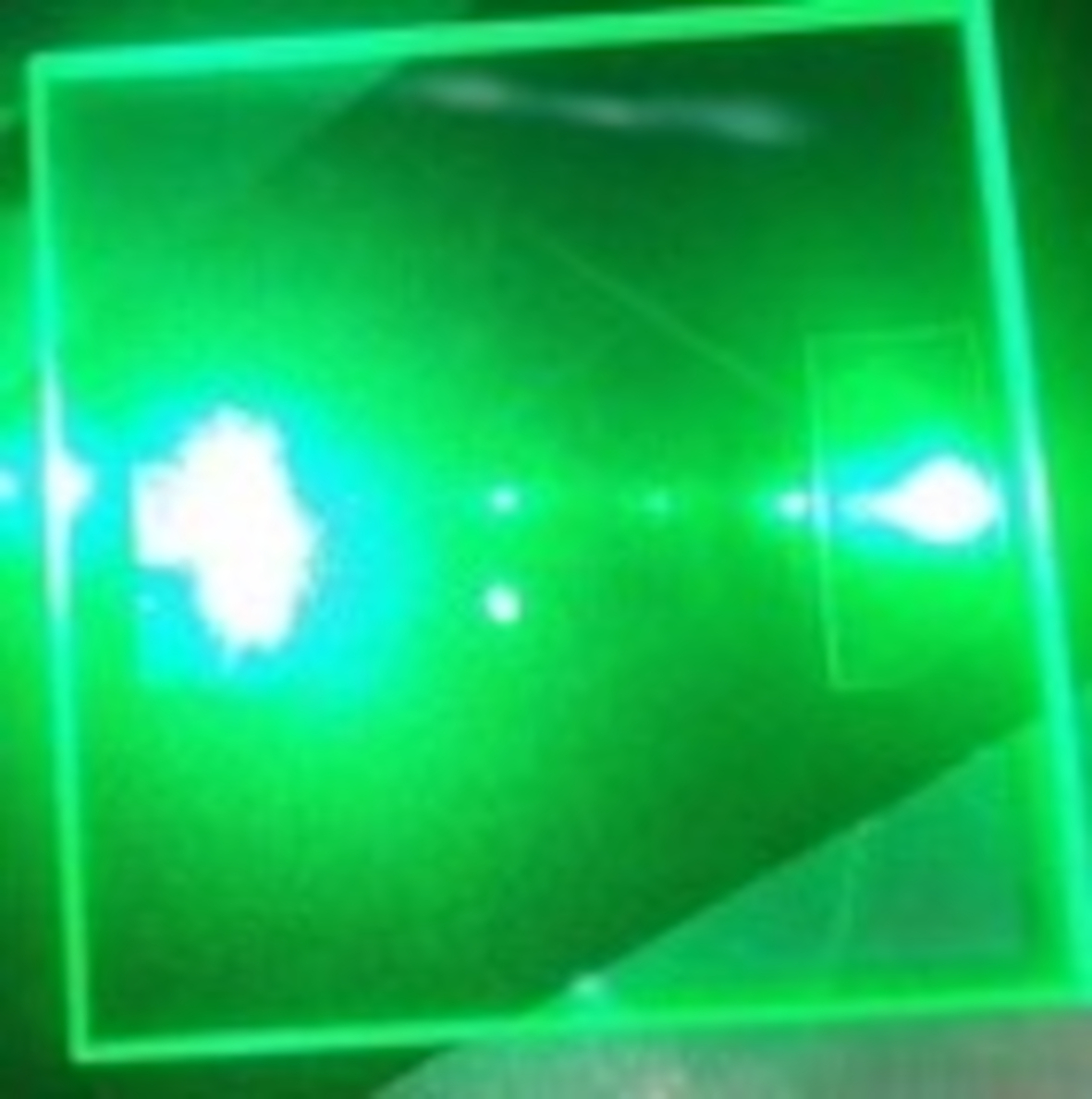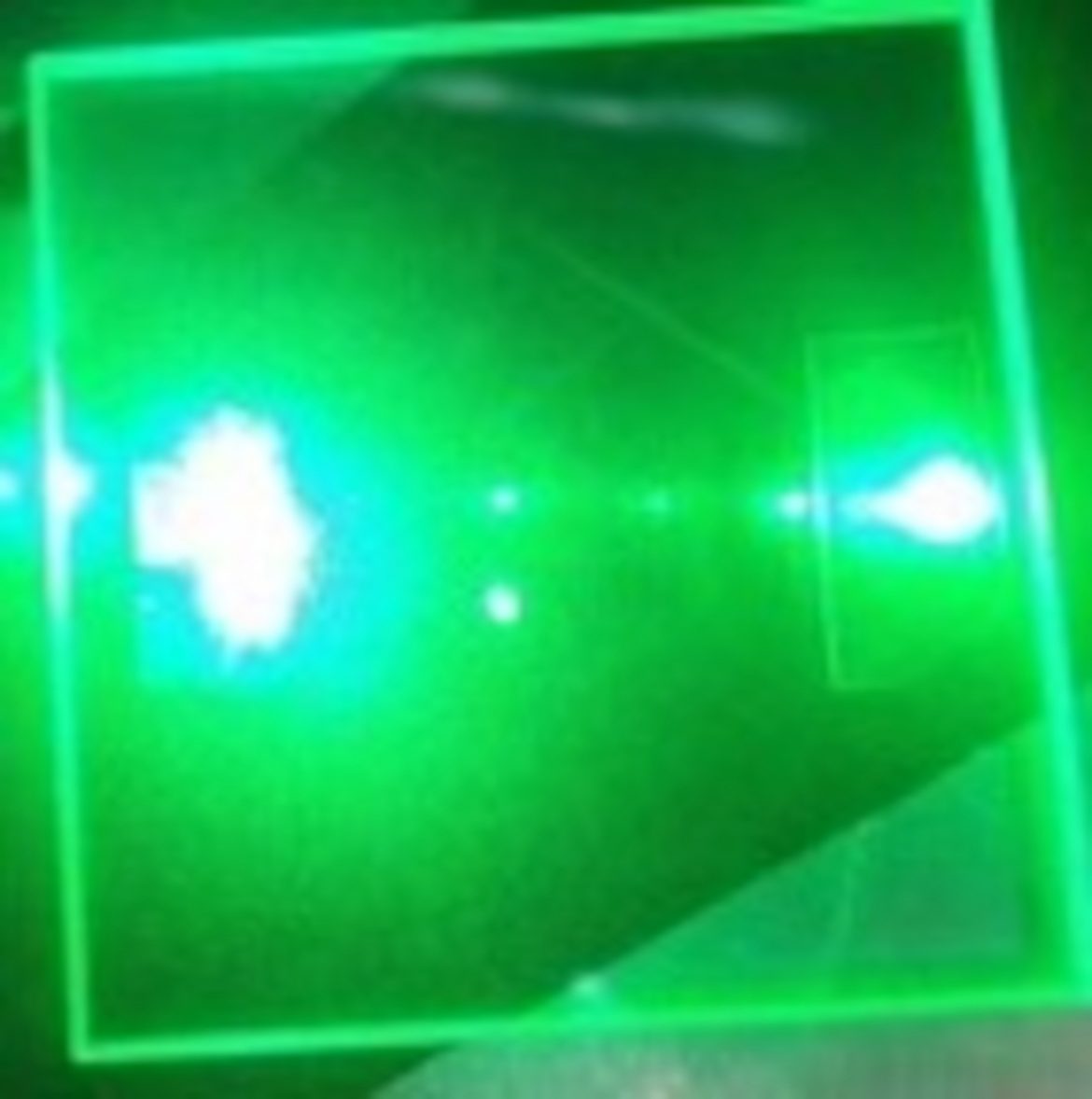Description of the activity
Nowadays optoelectronic systems used in several sensing application demand high integrability with flexible substrates for application in biomedical sensors, artificial skins, smart patch etc. This approach allows fabrication of systems that can bend, flex, and twist without any performance alteration.
The research activity aims to integrate light-emitting devices, optical elements, and photoelectric devices on plastic materials such as PDMS and PMMA. In particular, a holographic approach is used to realize flat, light and highly efficient diffractive optical components (lens, beam splitter, etc).
The systems allow the propagation of light through a transparent substrate, the interaction of light with optical components for its manipulation, the interaction of light with sensors and the optical reading of the sensor response.

Involved personnel
M. Casalino | G. Coppola | M.A. Ferrara | M.A. Gioffrè | M. Iodice
V. Tufano | M. Feliù | M. Indolfi
F. Granata
National and International Collaborations
Centre for Industrial and Engineering Optics, TU Dublin
Université Libre de Bruxelles
University of Sannio
Instrumentation/facilities
The following equipment is available for device manufacturing:
– Clean room facility for microfabrication (physical deposition, dry and wet etching, surface treatment)
– Soft, photo and e-beam lithography
– Holographic recording setup for VHOEs
– Direct laser exposure
Polymer 3D-printing
Active projects and contracts
Systems for space application.
Wound Healing In Space: Key challenges towards Intelligent and Enabling Sensing platforms (ESA WHISKIES)
European Space Agency SciSPACE 1 MAP CR del 13/06/2019
17/04/2020 —> 15/04/2023
Resp. ISASI: G. Coppola
Systems for wounds monitoring and healing.
Optical devices based on volume holographic elements
TUDublin contract
18/10/2020 —> 15/04/2023
Resp. ISASI: G. Coppola

